Every owner of a home built with drywall has thought of decorating them at some point. This desire is understandable, considering that its factory appearance is quite sober. The good news is that there are many ways to change their appearance, although some of them may require advanced tools and knowledge. Today you can learn how to texture drywall with the following guide.
Drywall is a technique widely used in construction. This consists of covering wooden or galvanized steel structures with plaster. This technique allows to lower costs in projects, in addition to the fact that prefabricated panels can be adapted to multiple dimensions.
Due to its popularity, there are multiple options on the market to customize its appearance. However, each design requires a specific installation, which is related to its complexity.
The simplest alternatives for applying drywall textures only require a wide brush, but some will need more sophisticated machinery such as a hopper gun or pressure blocks. You can even create varied textures on the drywall, but you will need a specific nozzle.
Today we will discuss various techniques, and how to install them.
How to texture drywall
Add a 3D effect to the walls
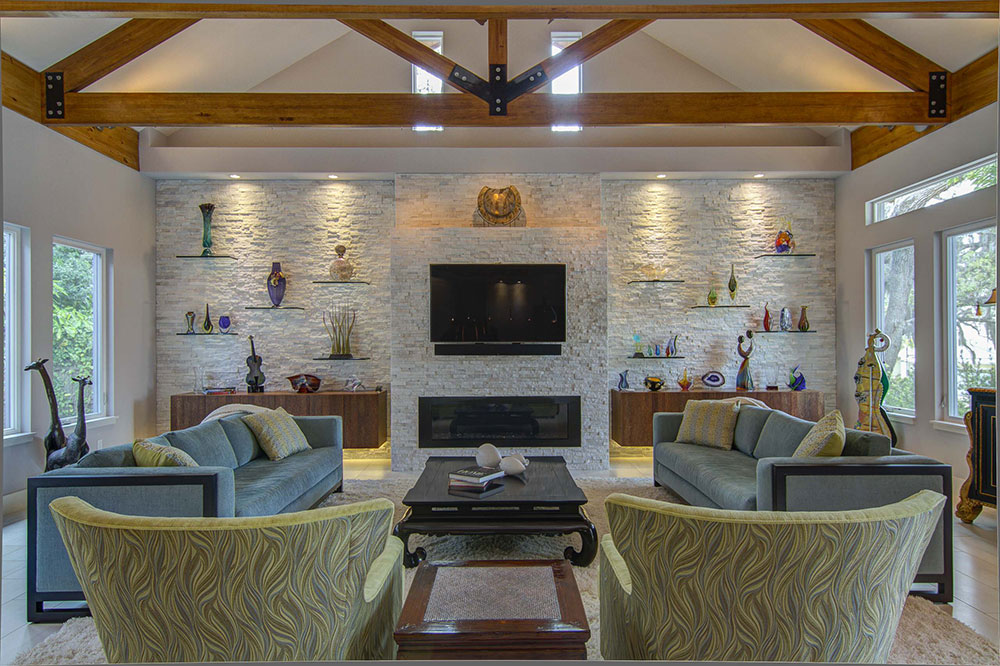
Image source: Josh Wynne Construction
Textured drywall is very similar to a conventional wall that has ridged frieze. This is done by applying an additional layer much thicker than the paint, which can be molded to give it a 3D effect. With the right lighting, the wall will generate shadows, creating dynamic patterns that will change depending on the light’s angle of incidence.
Additionally, adding a thick texture to the drywall is a smart way to patch possible imperfections and repairs that the wall may have, such as the joints between the different panels. Since this is an irregular appearance, there will be no way to identify the different sections.
Steps to apply the different drywall texturing techniques
Do you want to know how to texture walls by hand? Therefore, this list of tips is what you need. Keep in mind that, like other projects, experience will influence the result, so you should not be discouraged if you do not get the perfect finish the first time.
You can practice applying the texturing compound to a couple of additional drywall panels that you will need to stick to the wall. The texture compound does not dry quickly but is thick enough to adhere to panels, and you can shape it as desired.
Before you start, remember to put plastic blankets or newspapers on the floor to avoid dirtying them. Also, before the compound dries, remove it and put it back with the rest to preserve its semi-liquid state.
What you need to prepare
If you feel confident enough about your abilities, the next thing to do is apply the true wall textures. Before you begin, you will have to sand the entire wall to remove any blemishes it may have.
Since the sanding job releases microscopic dust particles, you will need to wear a mask and goggles as a safety measure. Inhaling them can be harmful to your health.
For larger areas, it is best to use a pole with a rounder sander. For the most difficult areas, such as corners, you can use a sanding sponge. To make the wall smooth, be sure to use fine-grit sandpaper. Also, do not apply too much pressure or you could damage the drywall.
Apply a primer coat
The hand texture, in addition to needing a smooth surface to adhere, requires a primer coat on the wall. Like the paint, the primer must be applied to a clean wall.
As you recently sanded, you will need to clean the drywall to remove dust. The smallest particles can be removed with a damp cloth.
Using a roller, you will apply a primer coat to the entire wall to be textured. To achieve a better result, the primer should be done in a single layer.
Prepare the compound for texturing
Now that the wall is ready, it’s time to make the compound. Get a bucket with a capacity of at least 5 gallons, and pour the compound halfway through the bucket. Now pour a cup of water and mix it.
You can mix the compound manually using a spatula, but due to its thickness, we recommend that you use a drill with a mixing paddle. As you mix, keep pouring water until the compound has a consistency similar to that of cake batter. If it becomes liquid, pour another bit of the mud compound.
How to texture drywall using the knockdown method
This method works with any type of mixture you buy and is one of the easiest to apply. The ideal drywall-texturing tool for this method is a 60-psi sprayer (or no less than 20 psi). It can also be done manually with a short roller brush, but it will be slightly more difficult to achieve a smooth finish.
Using the sprayer, apply the compound over the drywall as if you were painting. There is no specific way to do it, so you can use vertical, horizontal, or diagonal movements.
The only thing to consider is that you need to be constant and fast with the movements or it will make the material accumulate in a single point. It is better to make a thin layer and then apply another on top if necessary than to have to remove the thick pieces that will look like bumps.
How to texture drywall using the basic swirl
To apply the basic swirl you will need the compound to be thick, so avoid pouring a lot of water into it. For a more striking finish, add white quartz to the mix. This can also be used to give more consistency to the compound.
Using a trowel, apply the compound over the drywall from top to bottom. The excess is perfect for creating the swirls of this drywall texture, which you will form using the serrated side of the trowel.
Simply make circular or arc movements to create the swirls, always starting from the top. The trowel’s teeth will push the material into the surrounding.
Each swirls row is typically out of phase with the previous row, giving it a varied pattern and helping to hide blemishes.
How to texture drywall to create the orange peel
Another popular drywall texture pattern is the orange peel, but to apply it yourself you will need an air compressor and a gun.
So that there are no problems, the compound shouldn’t be very thick. Fill the hopper halfway and adjust the air compressor pressure to 100 lbs. This will be the starting point, but you can adjust the pressure depending on the finish you want to achieve.
Unlike the knockdown method, here you do not seek to cover all the drywall with the mixture, but rather to create small random spots that decorate the wall. You should let some of the primer coat be visible for best results.
If you wanted to know how to do orange peel texture without a hopper, we recommend that you leave this job to a professional. Although it is possible to do it, the technique is very difficult.
How to make the slap brush texture
This technique will work even on surfaces that have been previously painted, and all you need to do to prepare the wall is clean it to remove dust. In case the wall paint is oil-based or glossy, a superficial sanding is recommended to create some irregularities that help the mud compound to adhere.
If you don’t want to sand the wall, you can coat it with trisodium phosphate (TSP) for a similar effect, but remember to apply it using gloves.
As for the compound, it must be slightly diluted to be able to soak a paint roller with it. The application process is the same as with painting; just roll the roller in one direction and then back it down the same path to create a smooth line.
Since you will need to stamp the surface as you apply the compound, it is recommended that you work in small sections no larger than 4 feet. Using a slap brush, stamp the compound, but this time with a horizontal movement for greater comfort.
You should be quick with the application of this technique since, if one of the sections dries, the new mud will stand out, creating a noticeable distortion in the texture.
Give your drywall a new look
Now that you know how to texture drywall, you can get a new look in your home or business without the need for a professional. However, each of the styles requires some experience in construction work, so if you decide to decorate your wall, it is recommended that you ask someone else for help to speed up the process.
If you enjoyed reading this article on how to texture drywall, you should read these as well:
- How to get permanent marker off walls in a few steps
- How to clean walls with flat paint without ruining them
- How to repair plaster walls and ceilings at your house
The post How to texture drywall so that it looks amazing appeared first on Impressive Interior Design.
source https://www.impressiveinteriordesign.com/how-to-texture-drywall/




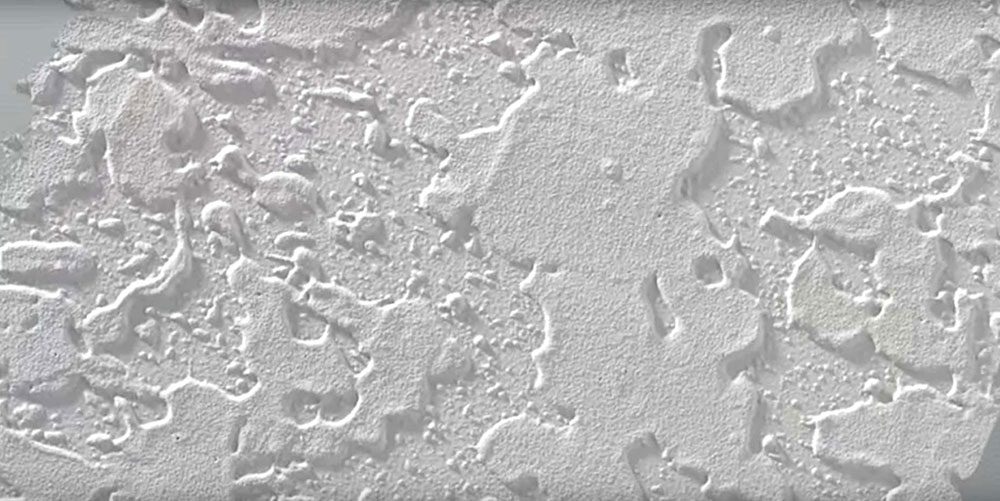
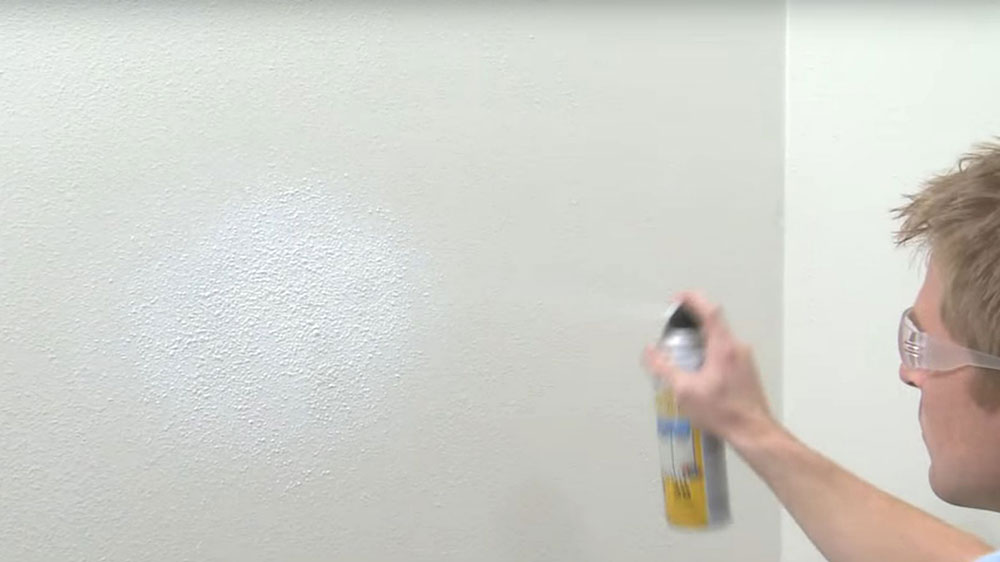
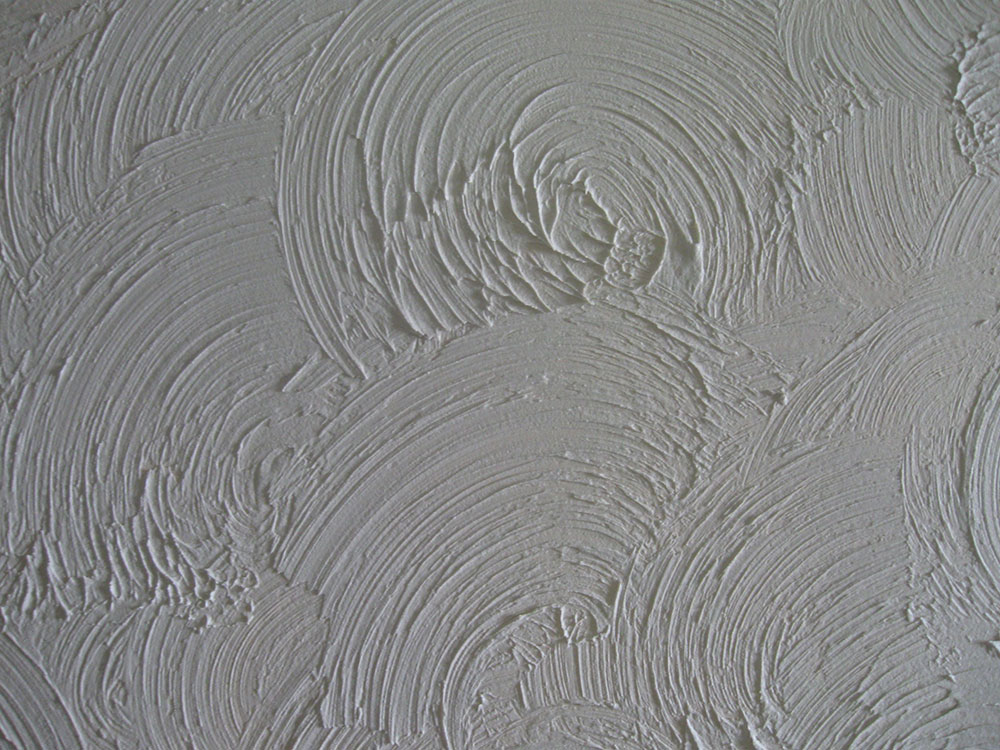
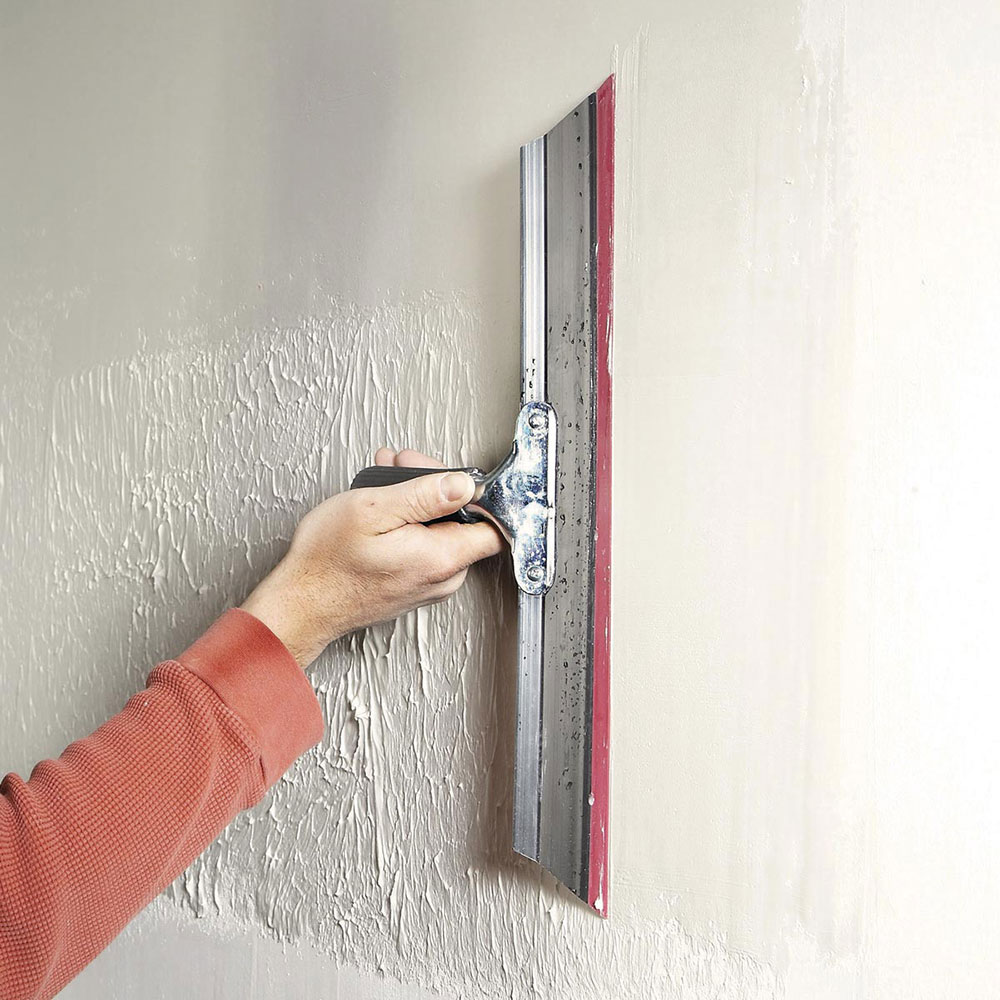
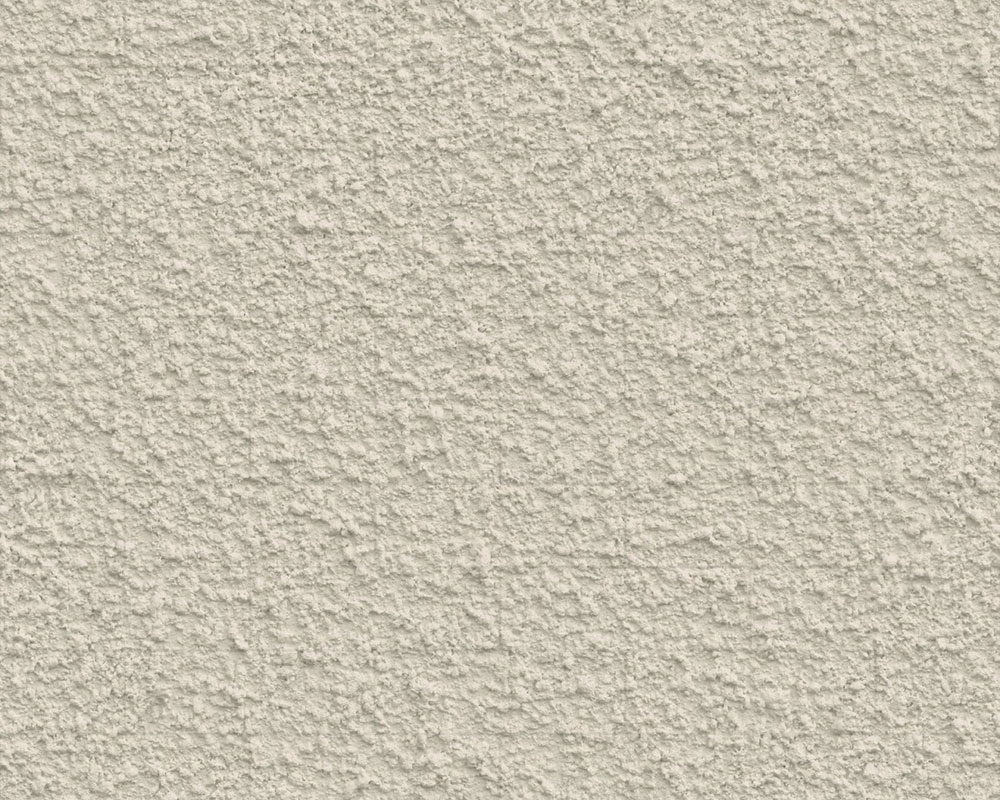
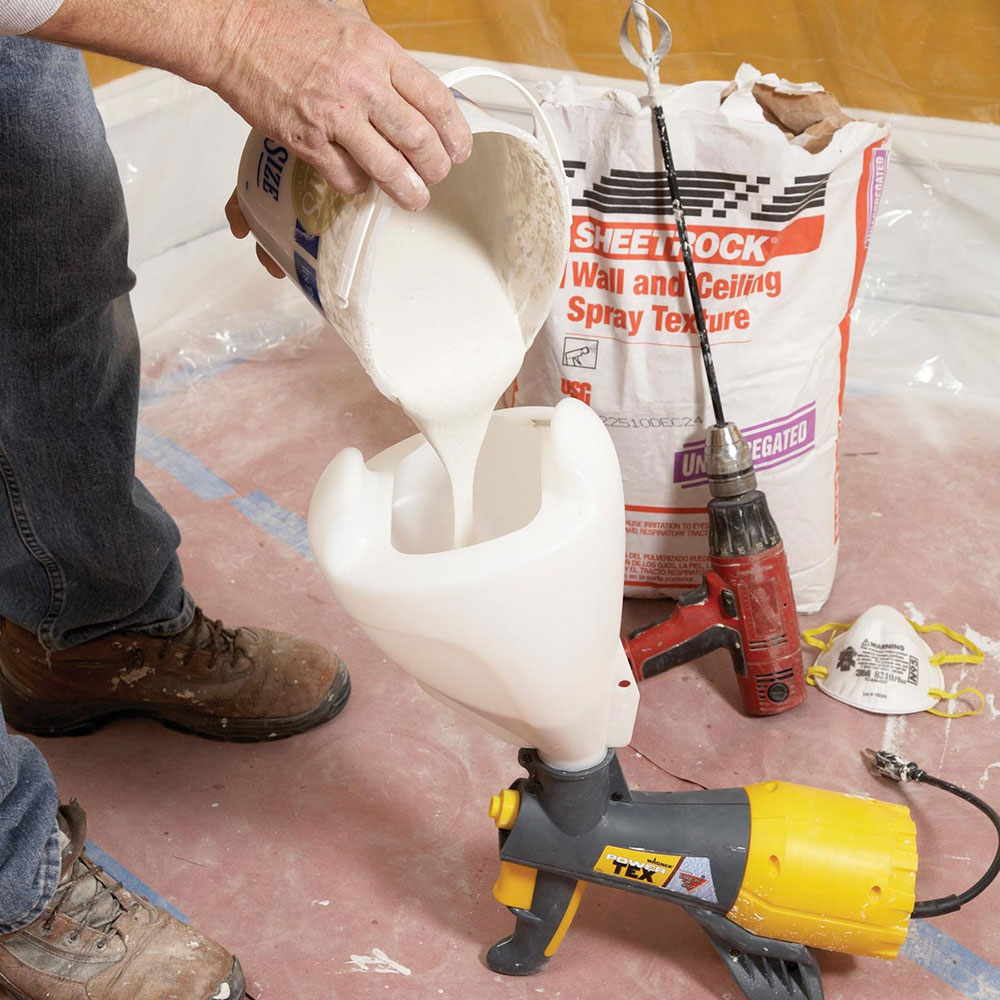
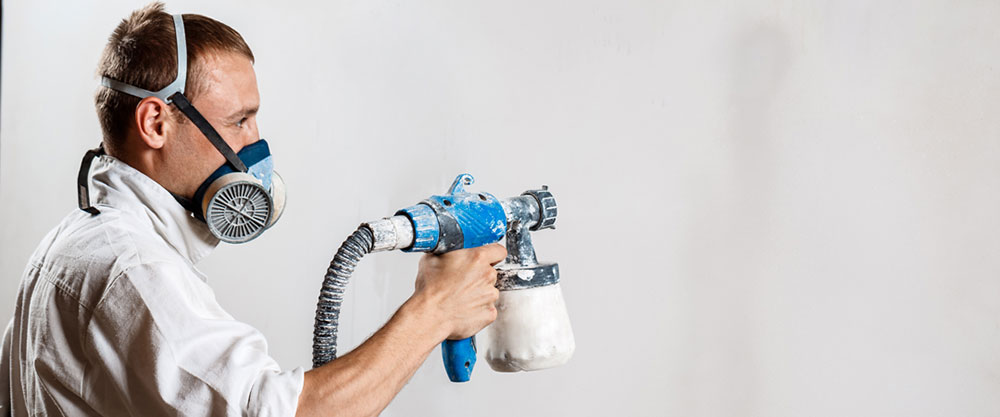
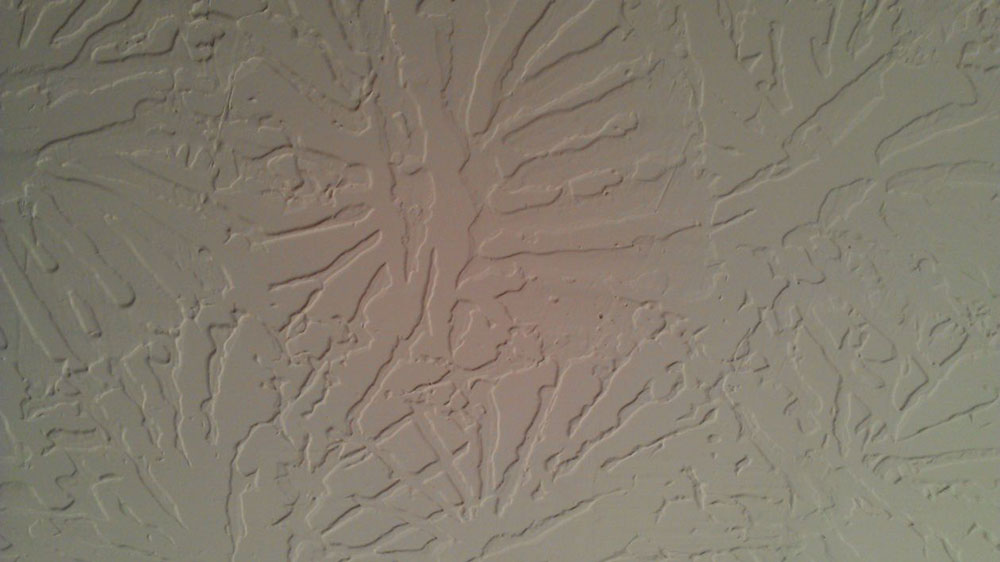
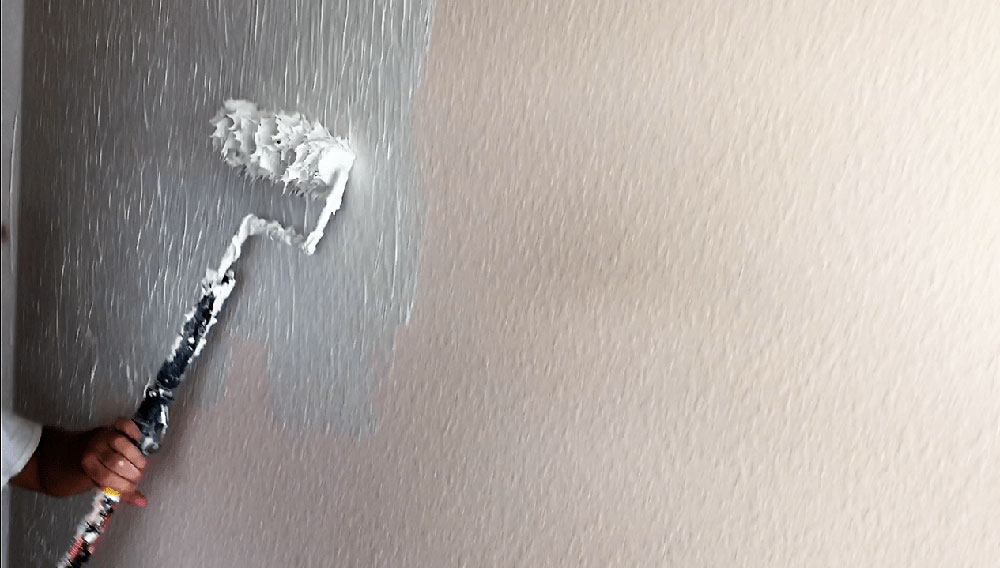
No comments:
Post a Comment